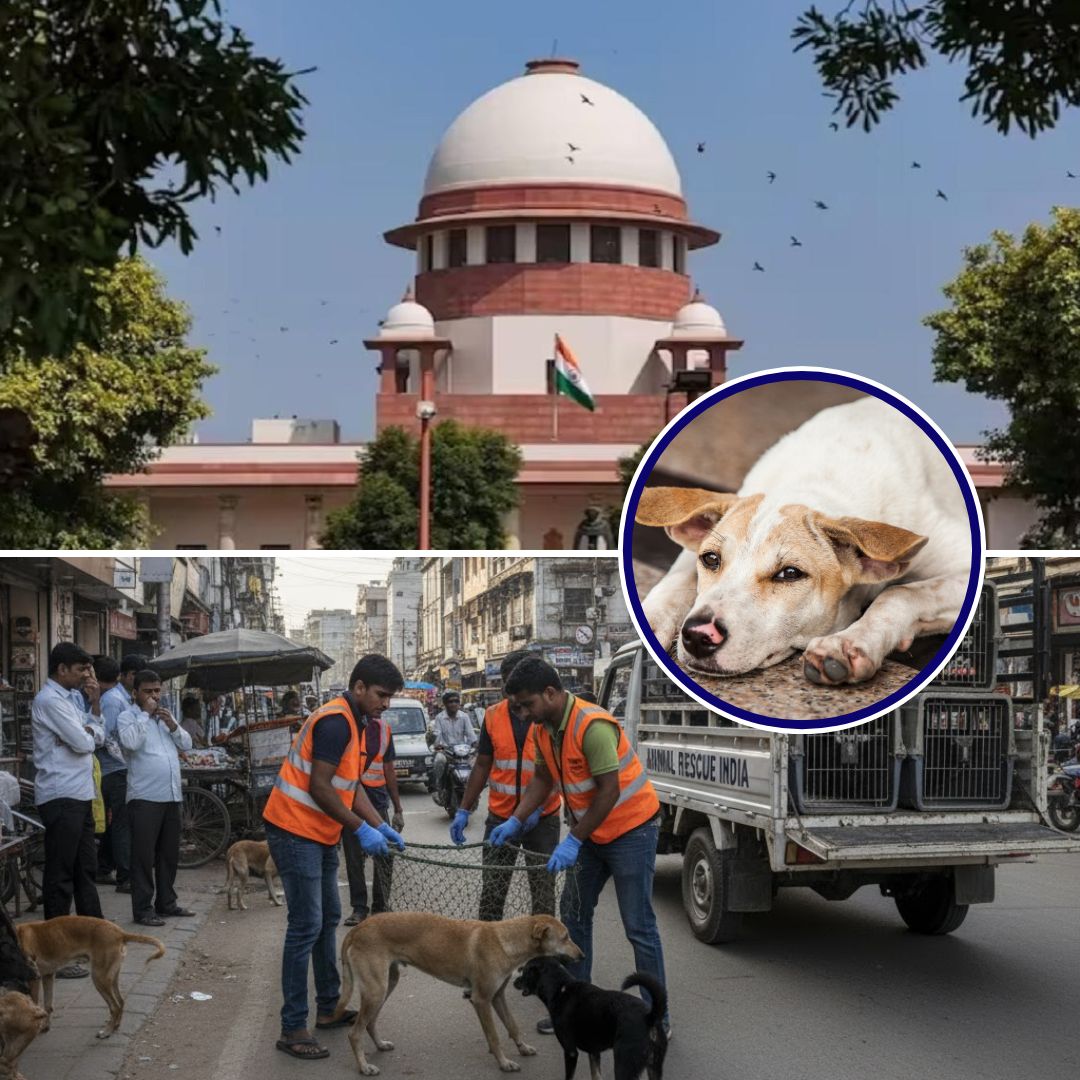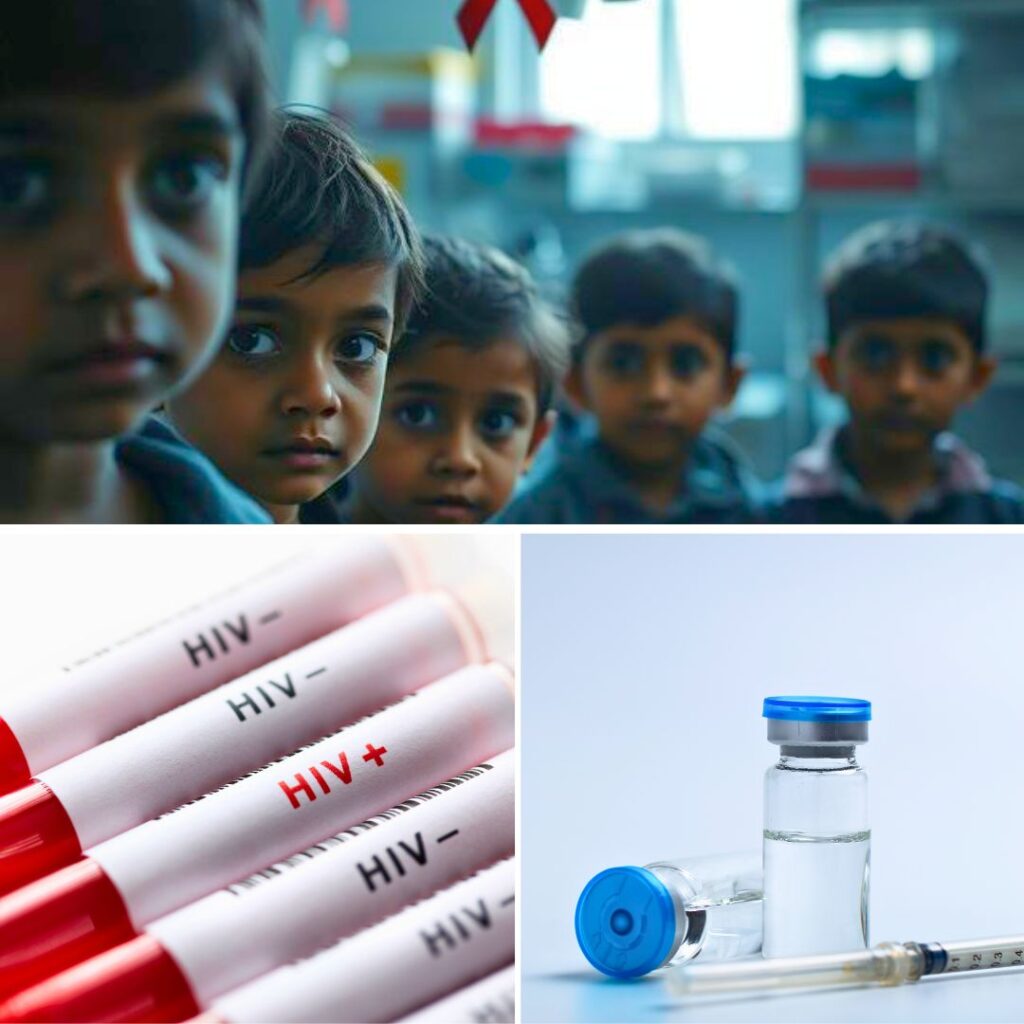The Supreme Court of India took a significant step on November 7, 2025, in addressing the growing menace of stray dogs in public spaces, particularly schools, hospitals, bus stands, railway stations, and sports complexes. The Court ordered all states and Union Territories (UTs) to remove stray dogs from these premises, stressing that once sterilised and vaccinated, these animals should be relocated to shelters rather than being released back into areas with high human footfall.
The Court highlighted an alarming increase in dog bite cases, some fatal, which posed a serious public health risk, especially to children and vulnerable populations. The directive also mandates the securing of these institutions through fencing or boundary walls within eight weeks along with the appointment of nodal officers to ensure ongoing surveillance and upkeep.
This comprehensive order aims at eliminating stray dog hazards while maintaining humane animal control protocols aligned with the Animal Birth Control (ABC) Rules, 2023.
Key Directives and Implementation Timeline
The bench consisting of Justices Vikram Nath, Sandeep Mehta, and NV Anjaria meticulously laid out the framework for implementation. States and UTs must identify vulnerable institutional premises within two weeks and complete physical security measures within eight weeks to prevent stray dogs from entering public areas.
The Court explicitly forbade releasing sterilised dogs back to the same vicinity after capture to “prevent frustration of the directive.” Local municipal bodies and panchayats are required to conduct inspections every three months to ensure the absence of stray dog habitats.
Additionally, the Court warned of strict consequences for any individuals or organisations impeding municipal authorities’ efforts. The National Highways Authority of India (NHAI) and road-owning agencies must also remove stray cattle from national and state highways, setting up dedicated highway patrol teams to ensure compliance.
Context and Judicial Concerns
The case developed out of broad public alarm following media reports revealing frequent dog bite incidents across cities and rural areas. Earlier, a two-judge bench had allowed the release of sterilised and vaccinated dogs back to their original locations, except in cases of aggression or rabies.
However, with the recent three-judge bench’s directive, a carefully carved exception was made for sensitive, crowded public places where risks are higher. Despite multiple mandates and deadlines since July 2025, many states were slow in submitting compliance affidavits, leading to the Court summoning chief secretaries personally to explain delays.
The Court expressed concern about the country’s image due to recurring incidents and underscored the need for urgent, cooperative action from all levels of government.
The Supreme Court’s new directive aims to address the urgent need for public safety, yet experts warn that without a more comprehensive and humane strategy, including community engagement, better waste management, and widespread sterilisation, these measures may only provide short-term relief.
The deepening crisis highlights systemic failures in controlling the stray dog population and calls for innovative, sustainable solutions to ensure the safety of citizens while respecting animal welfare standards. Public discourse must now focus on effective, ethical management that balances both human and animal needs, fostering a safer and more compassionate society for all.
The Logical Indian’s Perspective
The Logical Indian recognises the seriousness of public safety concerns driving the Supreme Court’s order. However, it urges a balanced approach that upholds the welfare of stray animals alongside human health imperatives.
Humane treatment, entailing vaccination, sterilisation, and sheltering, must be strictly adhered to, alongside broader public education on responsible pet ownership and compassionate attitudes toward animals. The challenge is to create coexistence models that protect communities while respecting animal rights, mitigating conflicts through systemic, empathetic solutions rather than adversarial measures.













